If you’re planning your holiday itinerary, and you’re asking yourself: Is San Sebastián worth visiting? We’ve got you covered, here’s everything you need to know about the Basque city before arriving in San Sebastián.
First things first: San Sebastián is a handsome city in the Basque Country. While many tourists drift between the usual Spanish cities—Madrid, Barcelona, Sevilla, Granada—San Sebastian sits there in northeastern Spain, quietly waiting to be explored.
This town of 200,000 people is dazzling on the eyes: the conch-shaped bay—called La Concha in the local parlance—with its verdant Santa Clara Island perched in the middle, is the most iconic sight in the city.
The 19th-century hotels that line the bay are reflective of the fact that San Sebastián was once a summer vacation spot for European elites, particularly from France. Consider it the Spanish sibling city to Biarritz across the border in the French Basque Country.
If you’re not yet convinced to add San Sebastián to your travel itinerary in Spain, here are 15 things to help change your mind.
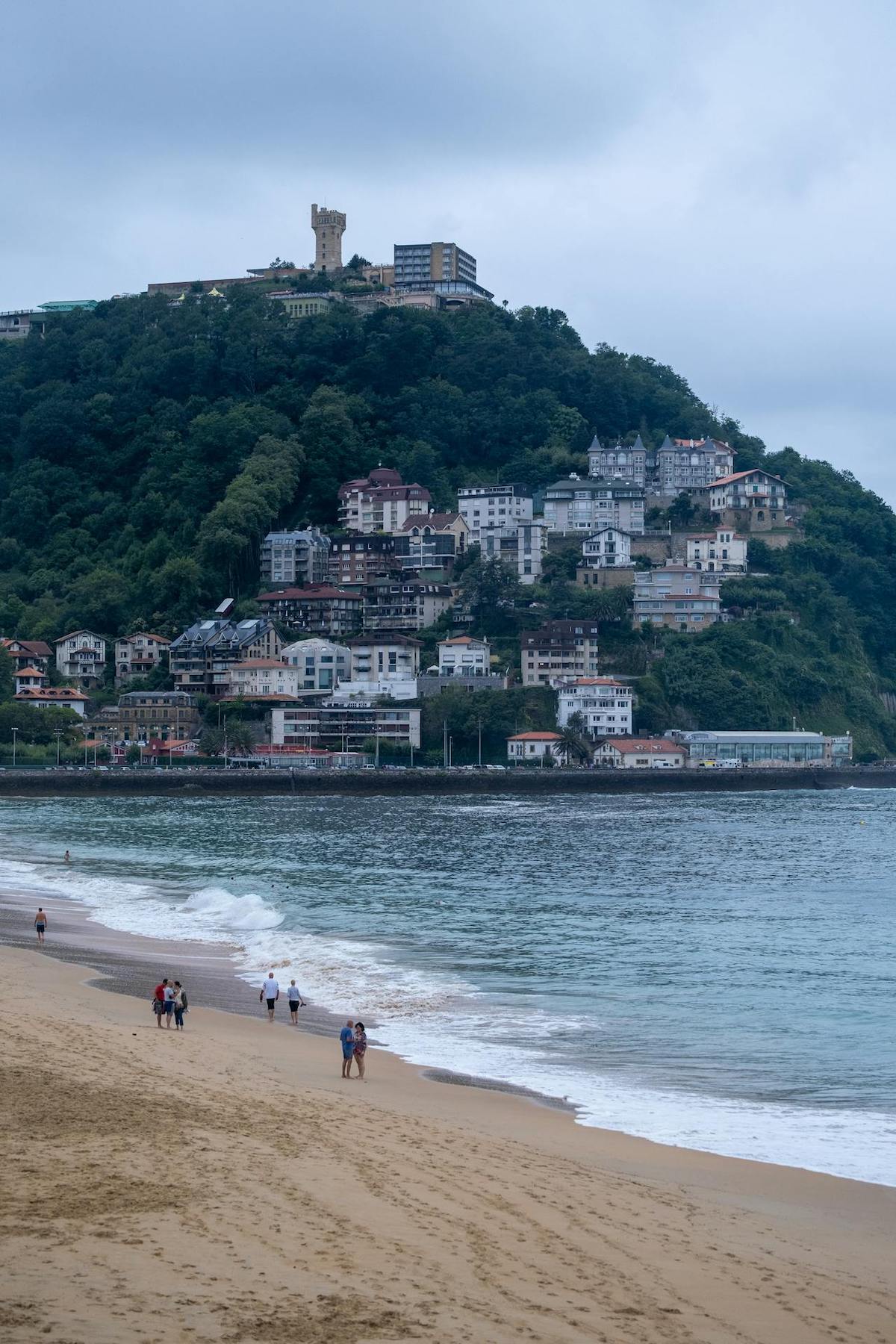
What to do in San Sebastián
San Sebastián doesn’t have a lot of sites to check off a list. And that’s perfectly okay. It’s a beach town, so its natural wonders—the seashore and the mountains surrounding it—are part of the appeal.
Besides, San Sebastián is more about the ambience and the vibe for you to soak up. And if you’re looking for a great overview of San Sebastian, consider taking a one-day small-group tour of the city.

La Concha Beach
The main draw for sun worshippers, La Concha is one of the most iconic beaches in Spain. Plonk down on the sand in between dips in the water, or just take a stroll along the shell-shaped promenade.
The waves are not particularly big or rough here, making La Concha ideal for families. Keep in mind that the tides may affect the amount of space available, so keep an eye on what locals do.

Monte Igueldo
That leafy mountain on the western side of La Concha is Monte Igueldo and, if you’re a fan of A) funicular trains B) great views, and C) roller coasters, you’re going to want to point yourself in its direction.
Ascend the mountain on a funicular and take some time to gawk at the stunning panoramic view of San Sebastián. And then you can even go on a roller coaster and a few other amusement park rides that operate at the top of the mountain.
This tiny and old amusement park really has some great views of La Concha, and you can see it from the beach.

Museo de San Telmo
If you want a crash course in Basque history and culture, start at the Museo de San Telmo.
Housed in a 16th-century palace on the edge of the Parte Vieja (or Old Town), the museum exhibits archeological remains, paintings, sculptures, photographs, and historical artifacts related to the history of the Basque Country.

Palacio de Miramar
San Sebastián has long been the favorite summer vacation spot for the Spanish royal family. Even Franco, the longstanding 20th-century Spanish dictator, could not resist the summertime charms of this city. When the Spanish royals were in town, they’d stay at Miramar Palace.
Located near the Concha, close to the west side, the palace is a fun place to explore for a few hours. Visitors can explore three floors of the palace as well as the leafy park-like grounds.
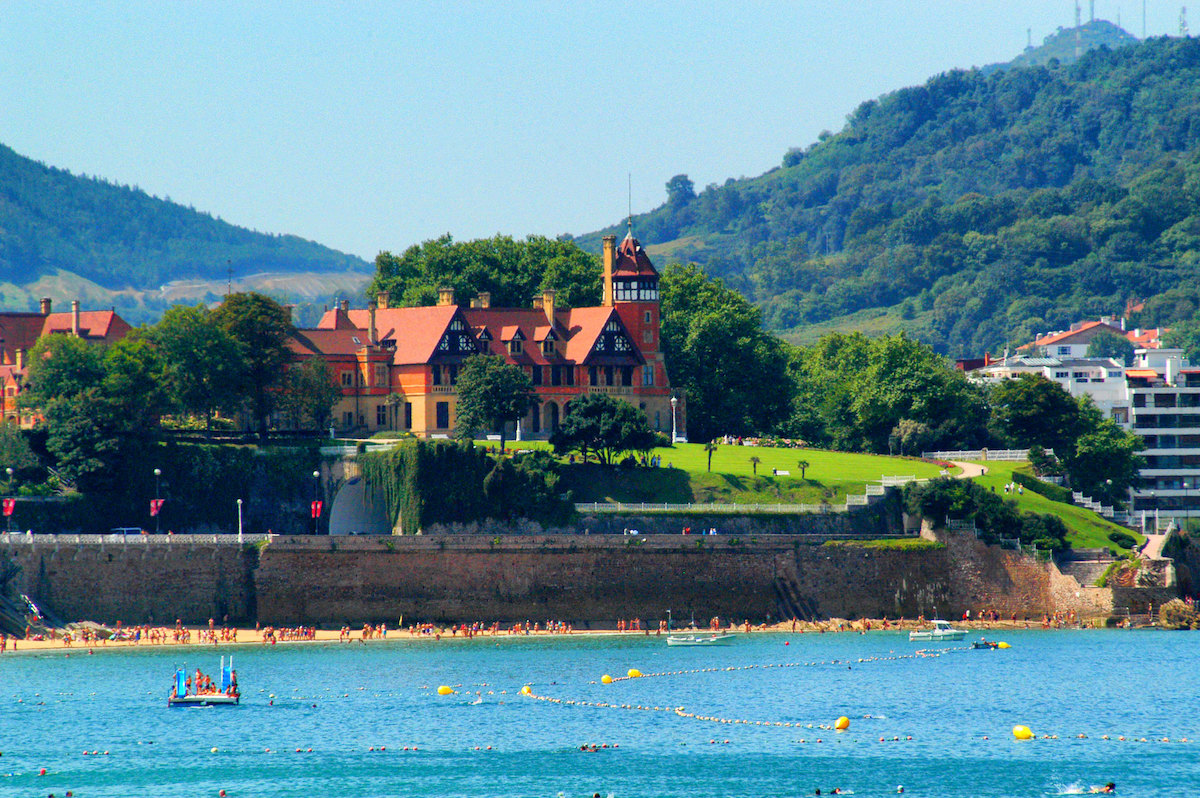
Tabakalera
Housed in a former tobacco factory (hence the name) near the railway station, Tabakalera is an excellent art and culture center with temporary exhibitions of contemporary art.
It also hosts the offices of the San Sebastián International Film Festival, and a few other spaces that you can visit to learn more about contemporary art in the Basque Country.

Where to drink in San Sebastián
San Sebastián may be all about the amazing food at highly acclaimed restaurants and pintxos bars, but it’s also a good place to drink. If you’re not sure what the locals are drinking, here’s what to drink in San Sebastián. Is San Sebastián worth visiting? If you enjoy having a drink, mingling with locals and having a slow day for yourself, it definitely is.

Le Bukowski
If you fancy a potent cocktail, point yourself to Le Bukowski.
Located in the Egia neighborhood, this Charles Bukowski-themed spot is a music venue and performing arts center as well as a place to knock back a few cocktails.

Bar Txurrut
Located on the Plaza de la Constitución, Bar Txurrut is one of the best places in the Old Town to grab an outside table and nurse a gin and tonic, a spritz, or a glass of wine while doing some major league people watching.
If it’s raining or cold, the diminutive wood-clad interior of the bar is also atmospheric.
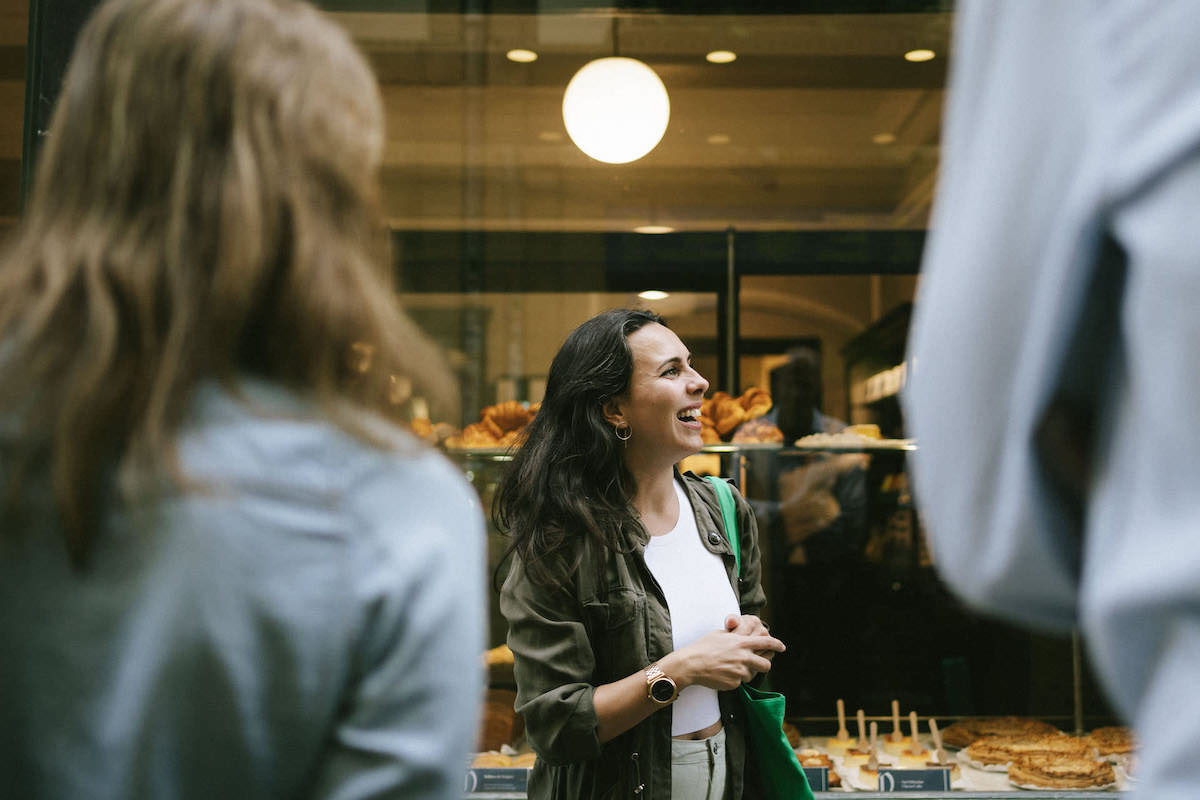
Museo del Whisky
Set on the main drag just south of Old Town, Museo del Whisky is not a museum nor a whisky-only bar. It does, though, have one of the largest collections of whisky in Spain.
Come here to listen to the live piano, sip on a cocktail, and take in the bottle-lined walls and fun ambience.
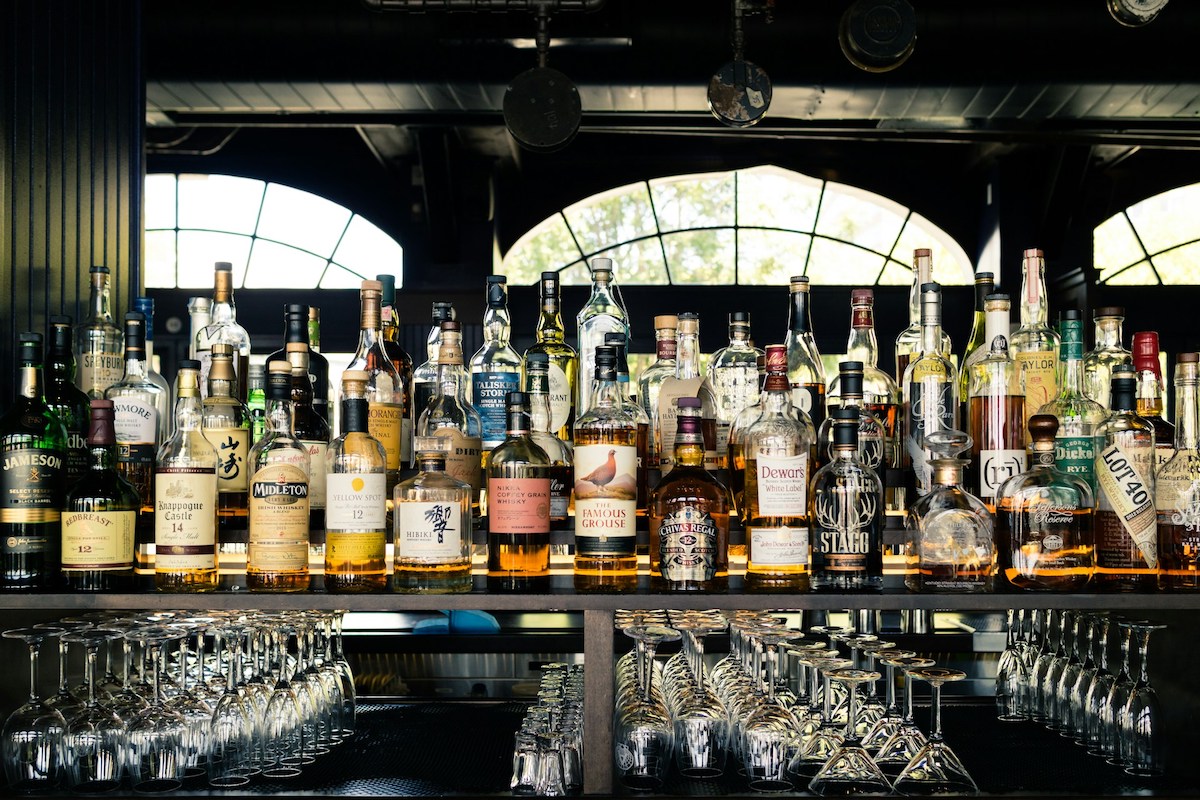
Where to eat in San Sebastián
San Sebastián is one of the best cities in Europe for eating. Don’t believe it? It has more Michelin stars per capita than anywhere else in Europe, and second only to Kyoto on the planet.
That avant-garde dining at the city’s most esteemed restaurants has trickled down to its tapas bars (or, as they’re called here, pintxos bars). Eating here, whether you go the haute route or the more affordable pintxos route, is just exquisite.
And if you want a little more guidance—always a good thing when traveling—consider joining a guided pintxos and wine tour of San Sebastián. Is San Sebastián worth visiting just for the food itself? Yes, of course it is!

Bar Sport
Despite the name, you won’t find much sports at Bar Sport—unless you consider eating flavor-popping pintxos a sport. If so, then step onto the field and you better come hungry.
Bar Sport is a no-frills spot in Parte Vieja on the raucous street Fermin Calbeton. As with most pintxos bars in San Sebastián, the bar is lined with already prepared “cold” bites such as morcilla (blood sausage) and various anchovy pintxos.
They’re all excellent but don’t ignore the warm made-to-order ones. The grilled foie gras is divine. So is the “mini hamburguesa,” made with ground txuletón or ribeye steak.
As with nearly all bars, order a glass of txakoli, the local Basque slightly-effervescent white wine, to go with your pintxo.
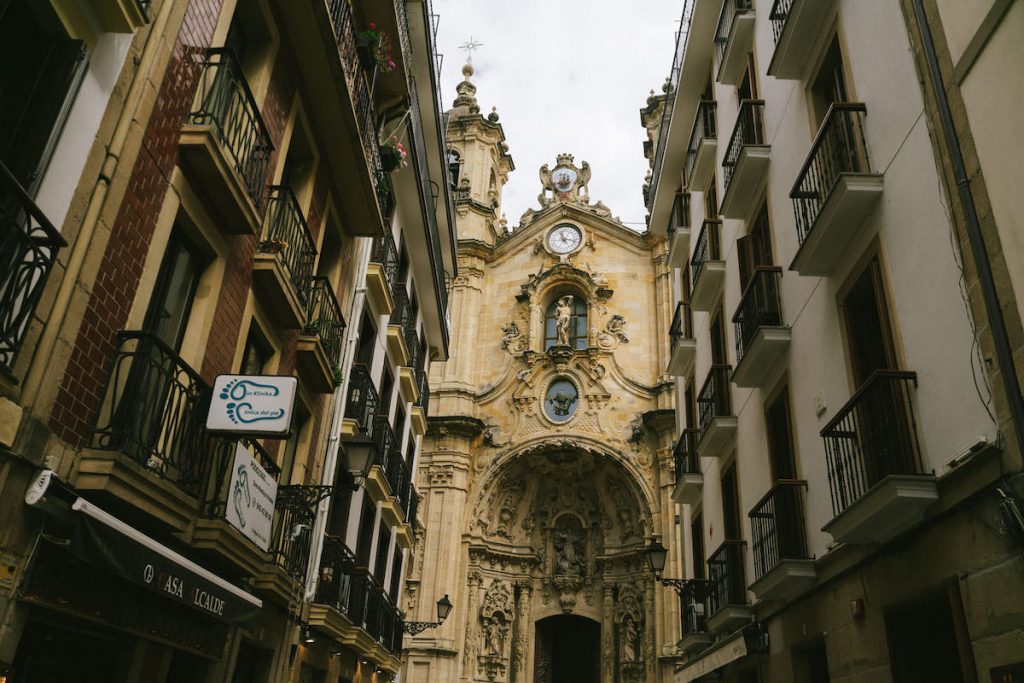
Casa Urola
Just down the street from Bar Sport is another must-visit eating institution: Casa Urola. Try to nab a reservation to get a table upstairs for the sit-down portion of the restaurant.
If not, though, the ground-floor, front-room pintxos bar is certain to blow your taste buds away with an excellent hunk of perfectly grilled ribeye, sauteed foie gras wading in a shallow pool of white beans and broth, and grilled octopus. It’s impossible to go wrong here.

Ganbara
In the heart of Old Town, Ganbara is one of the most popular pintxos bars in town. When it opens at 7 p.m., there’s always a line of about 20 people or so. Two hours later, there’s still a line.
People love Ganbara. And you will too. This was a favorite place of Anthony Bourdain and Michelin three-star chef Juan Mari Arzak still comes here regularly.
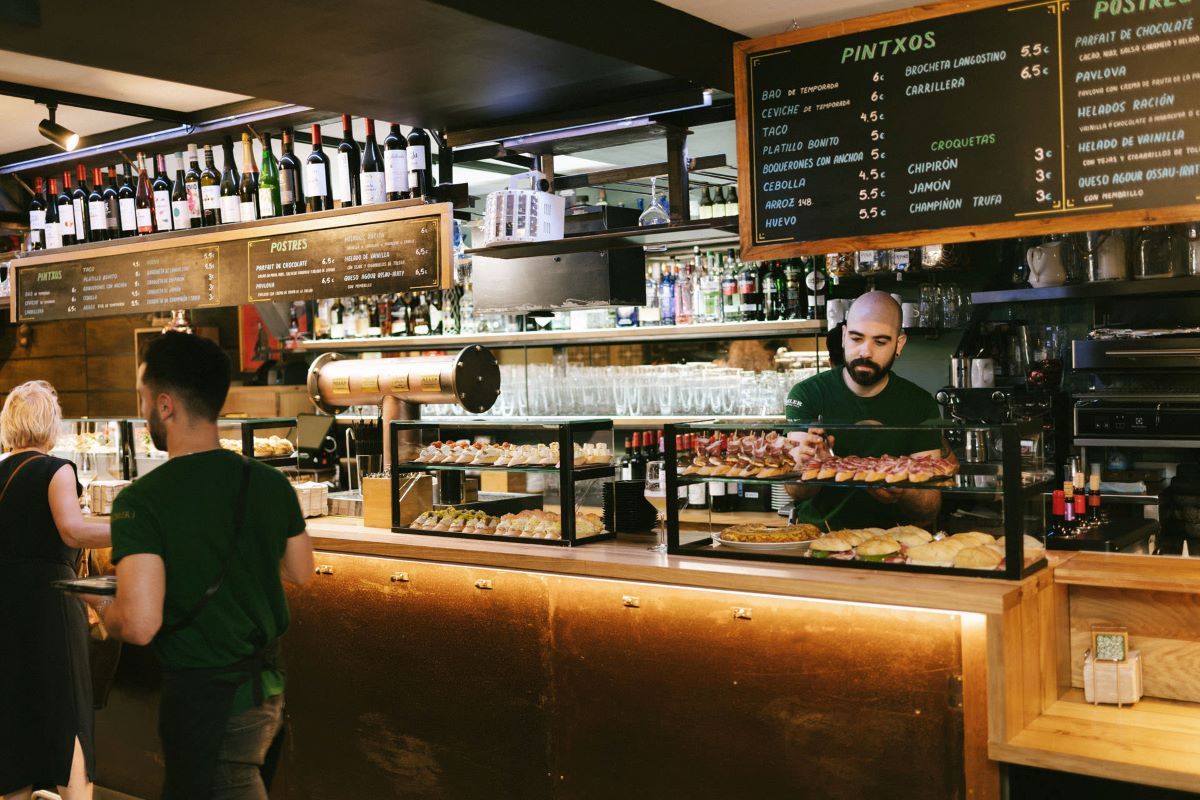
Gandarias
In the Parte Vieja, Gandarias is a favorite among locals and regular visitors to San Sebastián. Everything on the bar or that can be ordered is excellent at Ganbara but there’s one thing they do here almost better than anyone else in town: ribeye steak.
The medium-rare hunk of steak comes on a slice of bread and it’s revelatory.

Arzak
If you’re up for a splurge, this Michelin three-star spot is one of the most famous and most celebrated restaurants in Spain, if not all of Europe.
Welcome to Arzak, where Juan Mari Arzak and his daughter Elena Arzak create avant-garde masterpieces.
Juan Mari is responsible for making San Sebastián one of the greatest dining destinations in Europe. Book way in advance for what will be one of the most memorable meals of your life.
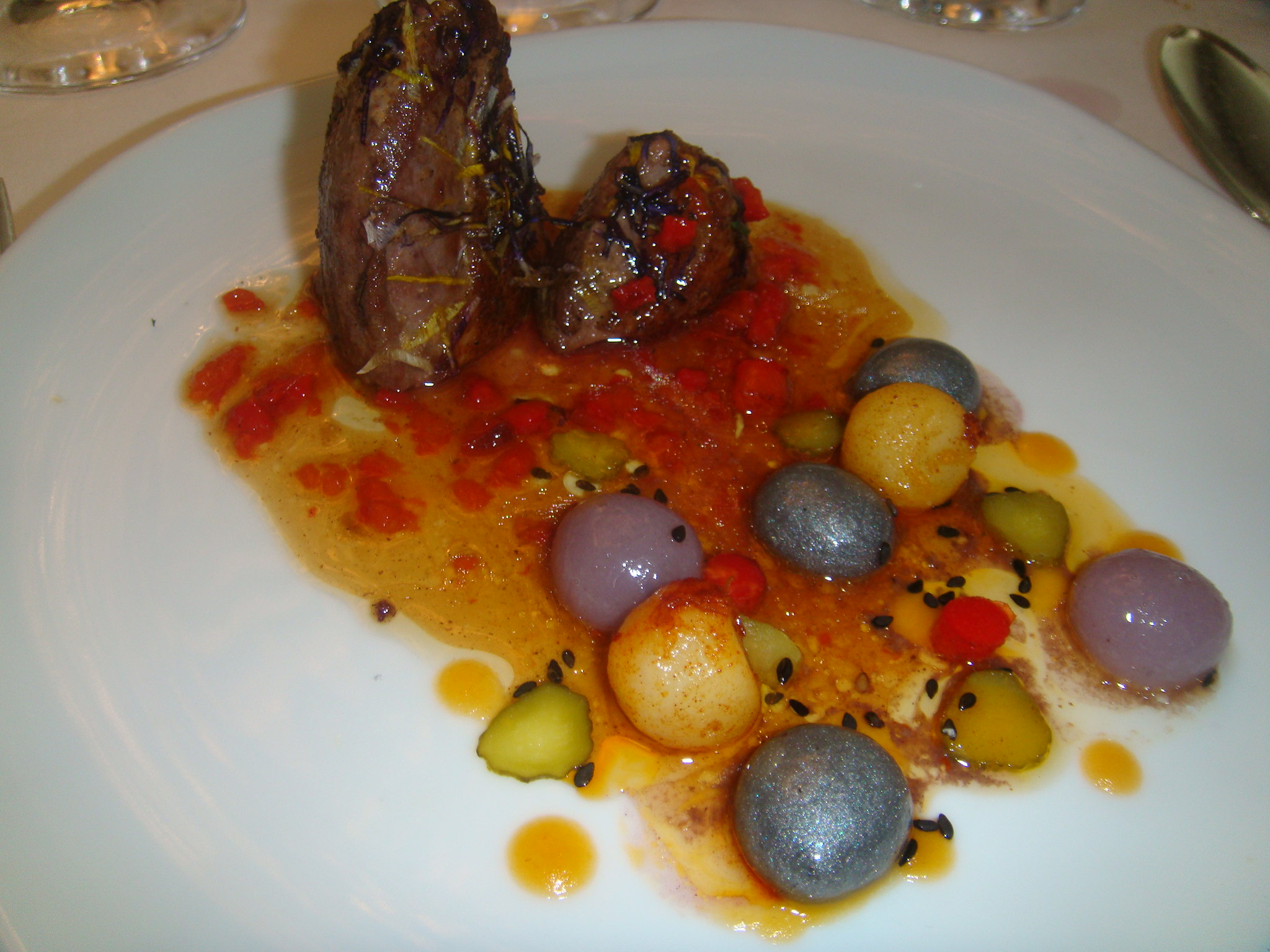
Rita
Located in the Gros neighborhood, across the river from the Old Town, Rita is an exceptional off-the-radar restaurant. You won’t find it in any guidebooks nor blog posts.
It will just be you and the in-the-know locals feasting on high-quality Basque fare here. Think: foie gras and grilled asparagus, ox carpaccio that bursts with flavor, and grilled Cantabrian anchovies.

Muka
If you can’t make it to Mugaritz, chef Andoni Luis Aduriz Michelin two-starred temple to Basque fine dining, a great alternative is Muka.
Located on the edge of the Kursaal, the city’s main conference center, and just across the river from the Old Town, Muka is the more casual version of Mugaritz.
There’s an excellent a la carte menu, as well as an affordable multi-course tasting menu.
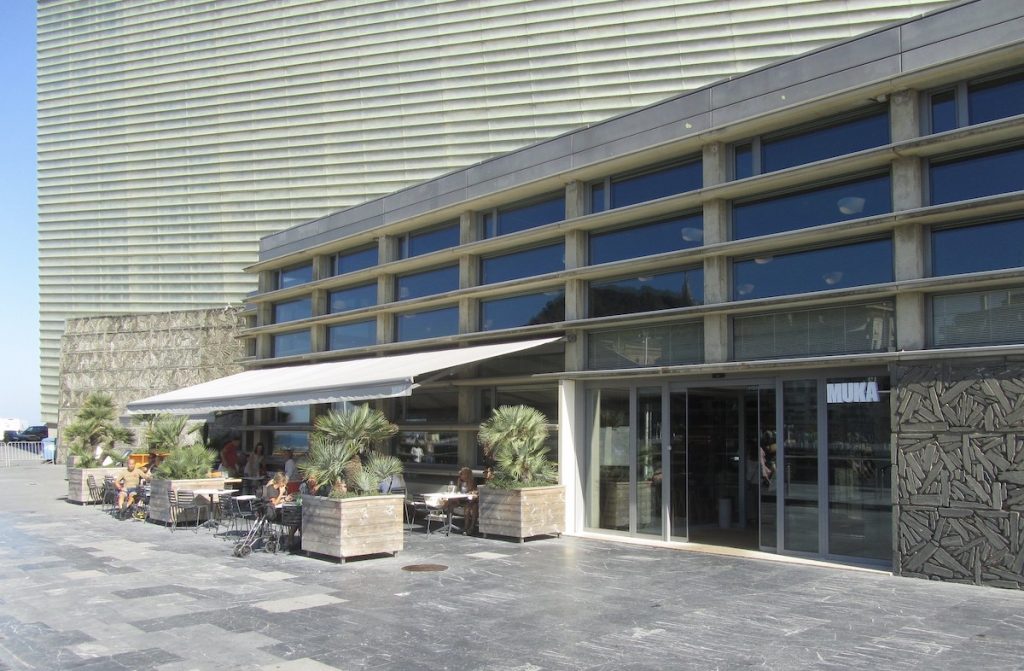
So, is San Sebastián worth visiting? After reading these 15 reasons why, we’re pretty sure your answer is a definitive yes! Sí! Bai!
You’ll eat better here than anywhere else in Spain and you’ll get some quality beach time to rest up between amazing meals. If, after your visit, you want to learn to cook like the pros, you may want to check the Authentic Basque cooking class in San Sebastián, as a great alternative to discover more of something that is so profoundly important for the Basque people, and all of us: food.
